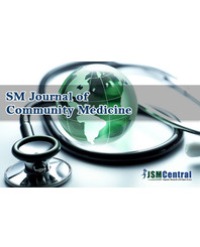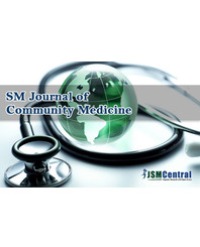Introduction: Our study uses data on smoking by mother before pregnancy, during pregnancy and their current smoking to examine the risk of tobacco smoking and early initiation of smoking by their adolescent children in a middle-income country
Methods: The present analysis is based on data from the Ukrainian component of the European Longitudinal Study of Pregnancy and Childhood (ELSPAC). Main exposure was smoking by mother. Smoking status of the adolescent and age of smoking initiation, reported at the 16-years-old follow-up, were outcome measures. Data were analyzed using multivariate binary logistic regression model separately for boys and girls.
Results: Of 2148 women who agreed to participate, 1020 were available for complete follow-up until their study children were 16-years-old. The odds of current smoking among girls whose mothers smoked during pregnancy was higher (OR = 2.48, CI = 1.09-5.64) compared to girls with non-smoking mothers. Boys whose mothers currently smoked, but didn’t smoke during pregnancy, had twice higher odds (OR=2.08, CI = 1.16-3.74) to be smokers, compared to boys with mothers who never smoked. After control for confounders, the risk of early initiation of smoking by adolescent girls was still higher (OR= 2.05, CI=0.94-4.48) among girls whose mothers smoked during pregnancy
Conclusions: Prenatal tobacco exposure was associated with increased risk of early initiation of cigarette smoking and current smoking by adolescent girls, but not by boys. The possible explanation is that biological influences are more important for girls, but boys are more susceptible to social influences.
Olena Iakunchykova1, Tatiana I. Andreeva1*, Zoreslava Shkiryak-Nizhnyk2, Yuri
Antipkin2, Daniel Hryhorczuk3, Alexander Zvinchuk2 and Natalia Chislovska2





